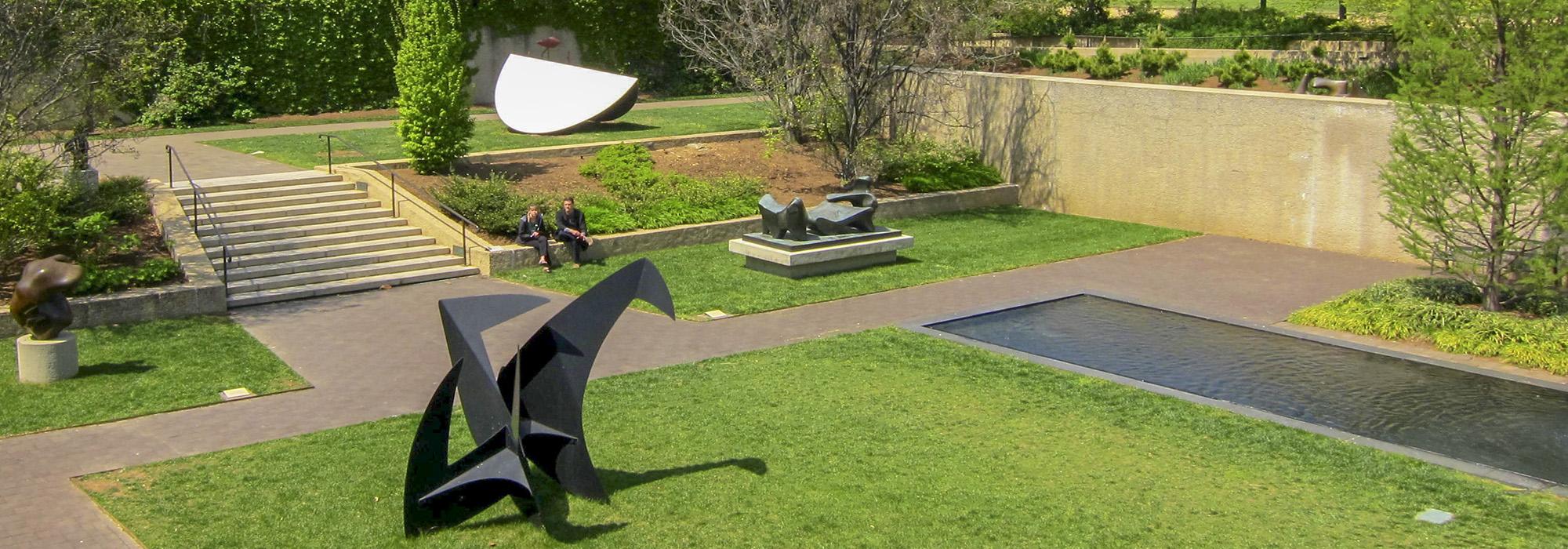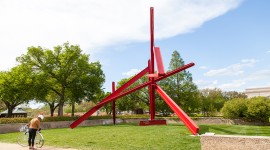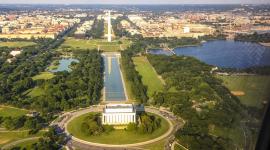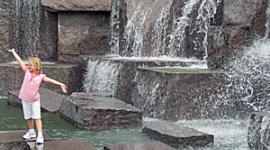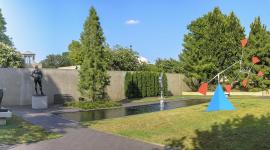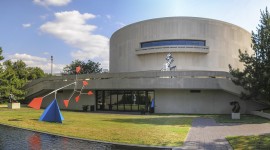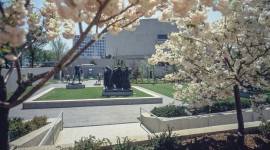D.C. HPO Weighs In on Hirshhorn Sculpture Garden
In a letter to the Smithsonian Institution dated May 24, 2019, the District of Columbia Historic Preservation Office (D.C. HPO) validated concerns raised by The Cultural Landscape Foundation (TCLF) when the Hirshhorn Museum and Sculpture Garden was designated a Landslide site earlier this month. TCLF had stated that the proposed changes to the garden threaten the work of landscape architect Lester Collins, who substantially redesigned the landscape (1977-1981) after the original design by architect Gordon Bunshaft (1974) was poorly received (the New York Times called it a “gravel pit”). The Hirshhorn now plans to redesign the garden to create event spaces, and to repair the exterior the museum building. Because the museum complex is listed in the National Register of Historic Places as a contributing element of the National Mall Historic District and has also been determined individually eligible for listing in the Register, the work is subject to federal-level reviews pursuant to Section 106 of the National Historic Preservation Act. TCLF is an official consulting party to the federal reviews.
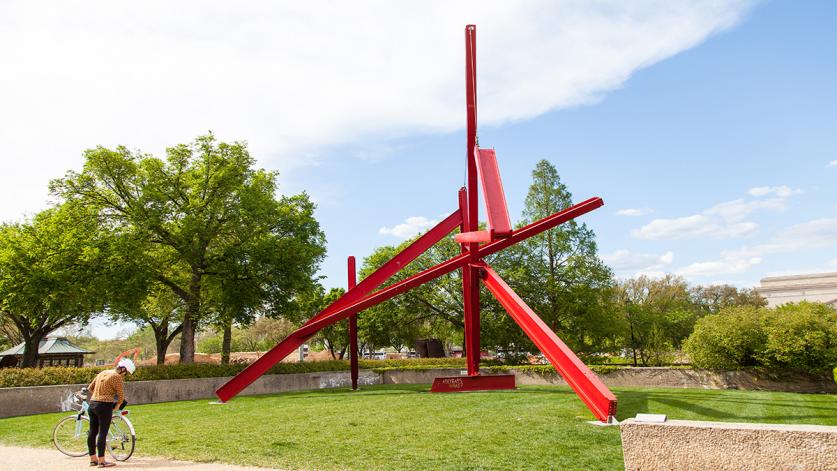
After evaluating letters from consulting parties following an initial review meeting on April 10, 2019, the D.C. HPO advised the Smithsonian Institution that the work of landscape architect Lester Collins should be re-assessed as contributing to the Period of Significance (POS) for the Hirshhorn Sculpture Garden, stating that “the consulting party letters are quite thorough and provide valid arguments for reconsideration of Collins’s contributions…we agree that this matter warrants further analysis and note that our determinations of effects may also require revision based upon the results of that further study.”
The current POS, restricted to 1974, recognizes only Gordon Bunshaft’s design of the garden as historically important, thus ignoring its critically acclaimed redesign by Collins between 1977 and 1981. During that period, the landscape architect transformed Bunshaft’s “desert-like expanse” into a shaded, welcoming landscape. Collins introduced a central stair flanked by lateral ramps along the Mall side, thus affording every visitor a dignified arrival and a comparable spatial experience. His work predated the 1991 American Disabilities Act (ADA) Standards for Accessible Design by more than a decade. He also clearly defined the garden’s circulation aisles and display areas, thereby increasing the space for displaying sculpture.
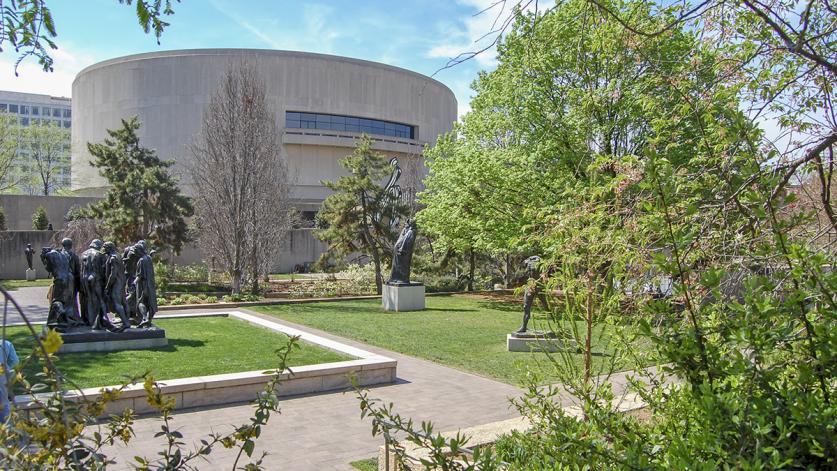
Recent determinations by the District of Columbia’s Historic Preservation Review Board (HPRB) and the National Register of Historic Places Program add weight to the D.C. HPO’s findings. In 2017 the HPRB determined that the Smithsonian Quadrangle (case no. 17-04) “meets D.C. Designation Criteria F for Creative Masters,” listing “Landscape Architect Lester Collins” as one such master practitioner. And on May 18, 2017, the Lyndon Baines Johnson Department of Education Building (Federal Office Building No. 6) in Washington, D.C., was added to the National Register, having satisfied Criterion C as a property that “embodies the distinctive characteristics of a type, period, or method of construction, or that represent[s] the work of a master…”—in this case “Master Landscape Architect: Lester Collins.”
In light of these and other developments, TCLF has called upon the Smithsonian to remove the project from the agenda of the upcoming meeting of the National Capital Planning Commission on June 6, 2019, so that any significant revisions to the current plan can be addressed before the already lengthy review process moves forward.
TCLF officially enrolled the Hirshhorn Museum and Sculpture Garden in its Landslide program earlier this month after archival research indicated the full extent of Lester Collins’ involvement in the garden.



